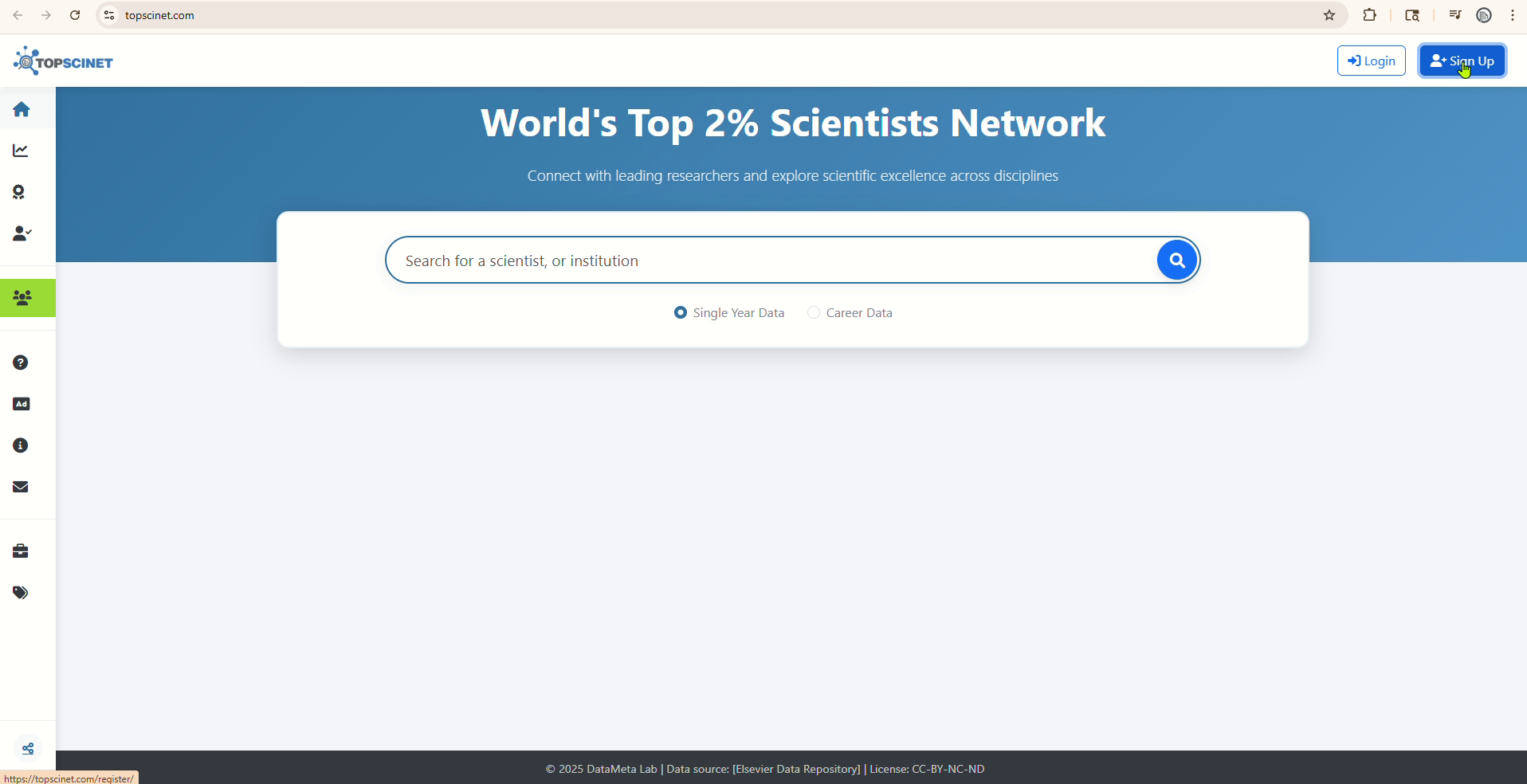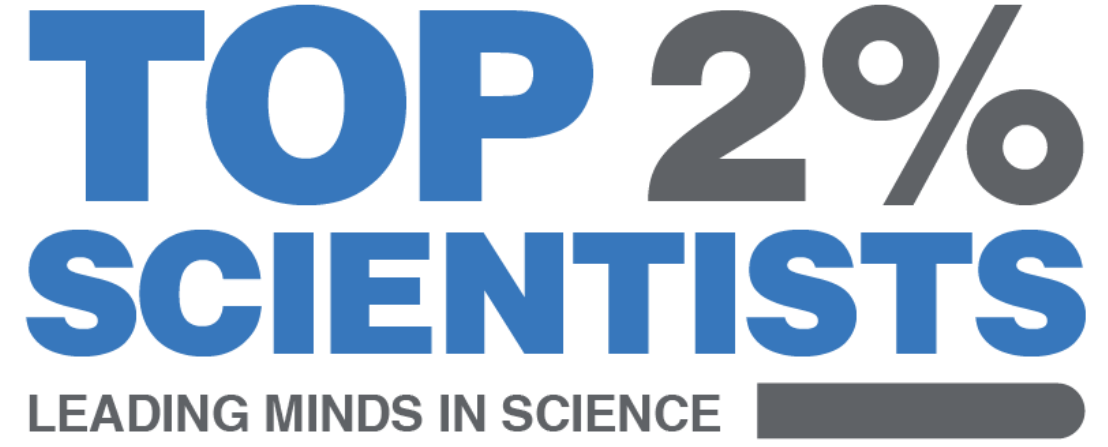You can calculate your c-score even if your name is not in an existing list, but you’ll need to gather your own citation data and apply the formula described in the scientific literature. Understanding how to measure the impact of scientific research is a challenge. Traditional metrics like the number of published papers or total citations are easy to calculate but have significant limitations. For example, simply counting papers ignores the quality of research, while total citations can be skewed if you’re a co-author on a single highly cited paper. To address these issues, a more sophisticated metric called the C-score has been developed.
What Is the C-Score?
The C-score is a composite indicator designed to evaluate the impact of a researcher’s work across scientific fields. It goes beyond counting papers or citations by considering several factors that reflect both the quantity and quality of research impact, as well as the researcher’s role in co-authored work. The C-score was introduced by John Ioannidis and colleagues and is used to rank researchers globally, including in the well-known “Stanford’s Top 2% Scientists” list.
How Is the C-Score Calculated?
The C-score is based on six key citation indicators, each capturing a different aspect of research impact and author contribution. The indicators are:
- Composite Indicator [c-score] (C): Measures the overall impact of all your publications.
- Hirsch Index (H): Reflects the number of papers that have been cited a certain number of times (e.g., if your H-index is 20, you have 20 papers each cited at least 20 times).
- Schreiber Co-Authorship Adjusted Hm Index (Hm): Adjusts the H-index for co-authorship, giving more weight to papers where you played a larger role.
- Citations to Single-Author Papers (NCS): Counts citations to papers where you are the sole author.
- Citations to Single or First Author Papers (NCSF): Counts citations to papers where you are the sole or first author.
- Citations to Single, First, or Last Author Papers (NCSFL): Counts citations to papers where you are the sole, first, or last author, recognizing the importance of these positions in many disciplines.
The composite indicator (c-score) for career-long impact is calculated by summing, for each of six citation indicators (NC, H, Hm, NCS, NCSF, NCSFL), the ratio of the logarithm of 1 plus the indicator value to the maximum of those log values (plus 1) for that indicator across all researchers. This normalization ensures each metric contributes a value between 0 and 1, and the sum (c-score) ranges from 0 to 6. The formula to calculate the composite indicator for single year impact follows the same principle and only uses citations from publications published in that year [1]. The formula is as follows:
Why Use the C-Score?
- Cross-Disciplinary Comparison: The C-score allows for fair comparisons between researchers in different fields, as it standardizes the indicators and accounts for differences in publication and citation practices.
- Author Contribution: By including metrics for single, first, and last authorship, the C-score better reflects your individual contribution to research teams.
- Impact Over Quantity: The C-score emphasizes the impact of your work (citations) rather than just the number of publications.
Practical Considerations
- Data Sources: The C-score is calculated using data from the Scopus database, which offers a balance between coverage and data quality compared to other sources like Google Scholar or Web of Science.
- Limitations: No metric is perfect. The C-score is best used as a supplement to expert evaluation, not as a replacement for qualitative assessment.
- Early Career Researchers: The C-score is less suitable for early career researchers, as it takes time for citations to accumulate and for impact to be measured.
Summary Table: C-Score Components
| Indicator | What It Measures | Why It Matters |
|---|---|---|
| C | C-score | Overall impact of your research |
| H | H-index | Consistency of impact across papers |
| Hm | Co-authorship adjusted H-index | Recognizes your role in collaborative papers |
| NCS | Citations to single-author papers | Your independent contributions |
| NCSF | Citations to single or first-author papers | Your leadership in research teams |
| NCSFL | Citations to single, first, or last-author papers | Recognizes key author roles in many disciplines |
Final Thoughts
The C-score offers a more nuanced way to evaluate research impact than traditional metrics. By combining multiple indicators that reflect both the breadth and depth of your contributions, it helps you and others understand your standing in the global research community. However, always remember: quantitative metrics should support, not replace, expert judgment in evaluating research quality.
Reference(s)
[1] Ioannidis, J. P., Boyack, K. W., & Baas, J. (2020). Updated science-wide author databases of standardized citation indicators. PLoS biology, 18(10), e3000918.
Searchable Database for Top 2% Scientists
Visit TOPSCINET.com
If your name appears in the search results, claim your profile using your institutional email to update your social media links and enhance your online presence.





HI
I need to finsd re list of the top2% scientitst in OPhthalmology from India
Can u send me the list
Please ask a mathematician to write the formula correctly.
It contains 12 opening brackets and only 6 closing brackets. Also, what is “Z”?
Thank you for your comment, We have updated the formula.
I think my name is missing in 2025 list
Scopus ID: 8898843900
0000-0002-6862-1634
How I can check this
You can search your name at https://topscinet.com/
It is not listed for the year 2025
but it is listed for years 2022, 2023, 2024
I believe there is a mistake
My name is not listed for the year 2025
but it is listed for years 2022, 2023, 2024
I believe there is a mistake
Scopus ID: 8898843900
0000-0002-6862-1634
How to Calculate Your C-Score? https://top2percentscientists.com/how-to-calculate-your-c-score/